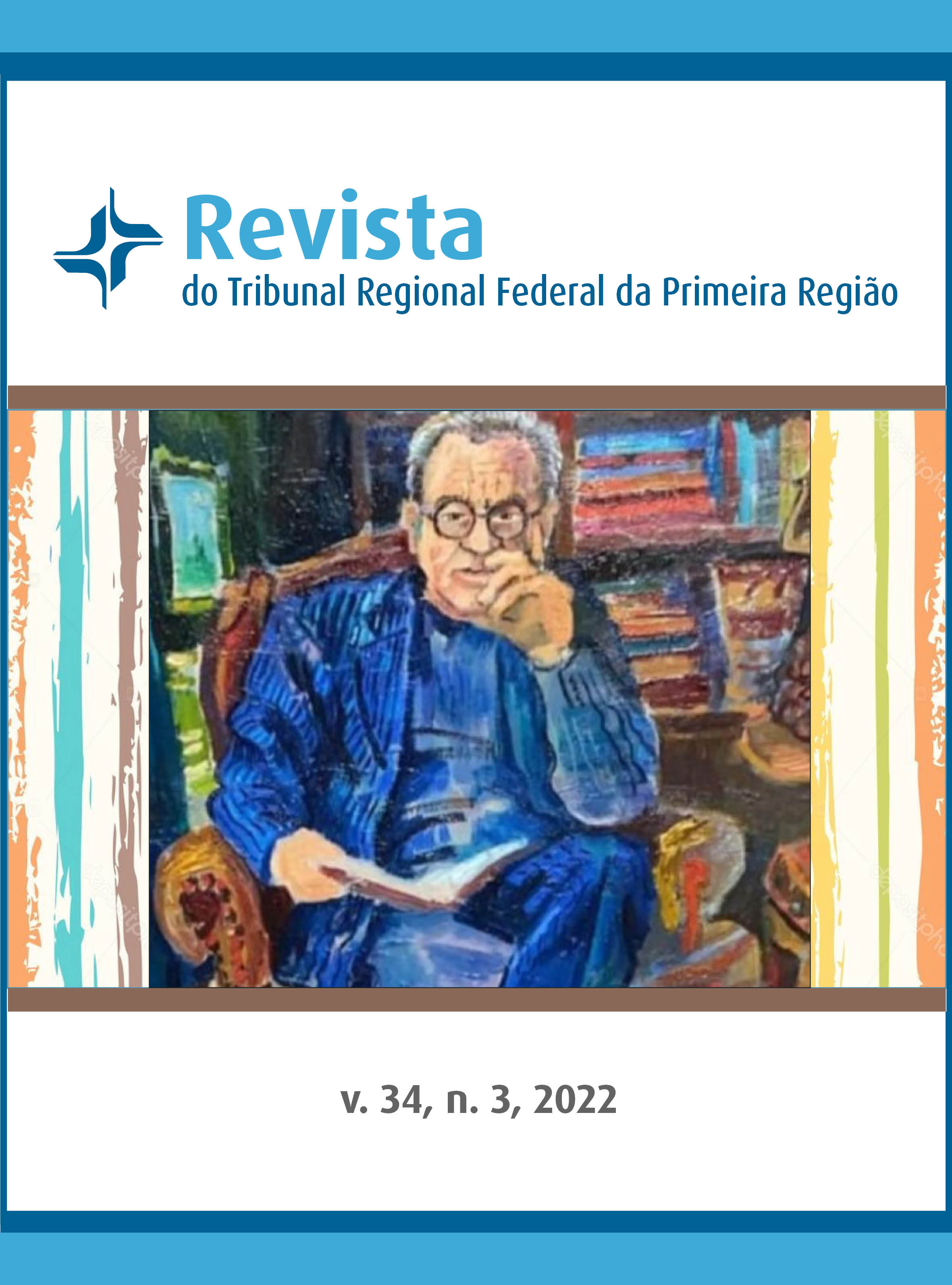Artificial intelligence and judicial decisions: the case of ELIS at the Court of Justice of Pernambuco
Keywords:
algoritms, artificial intelligence, legal decision, ELIS, system theoryAbstract
Artificial intelligence algorithms (AIA) have been dedicated to various applications. In the world of law there are AIA dedicated to legal decision-making. In Brazil, in 2022, of the 92 Courts, 87 have application and implementation of EIA to assist the provision of judicial service. This research was guided by observing how AIA are influencing the daily practice of law, for which we collected data on the ELIS, AIA applied in the Rod of Municipal Tax Executives of Recife, of the Court of Justice of Pernambuco. The corpora of the research were videos, conferences, texts available on the internet, in addition to non-participatory observation in visits to the aforementioned Judicial Court and the Ideia Laboratory and conversations with judiciary technicians and magistrates who deal with ELIS. Data were analyzed from systems theory. Among the observations, we identified alarmist futurists and enthusiasts ranging from predictions of the end of the judiciary and legal professions to predictions that we will have a more civil law, because with less influence from informal networks of corruption, therefore, a fairer law. In practice, ELIS relies on automation algorithms and artificial intelligence algorithms.
Downloads
Downloads
Published
How to Cite
Issue
Section
License
Copyright (c) 2022 Revista do Tribunal Regional Federal da 1ª Região

This work is licensed under a Creative Commons Attribution-NonCommercial-NoDerivatives 4.0 International License.
Ao submeterem artigos à Revista do Tribubnal Regional Federal da 1ª Região, os autores declaram ser titulares dos direitos autorais, respondendo exclusivamente por quaisquer reclamações relacionadas a tais direitos, bem como autorizam a revista, sem ônus, a publicar os referidos textos em qualquer meio, sem limitações quanto ao prazo, ao território, ou qualquer outra. A revista fica também autorizada a adequar os textos a seus formatos de publicação e a modificá-los para garantir o respeito à norma culta da língua portuguesa.





















